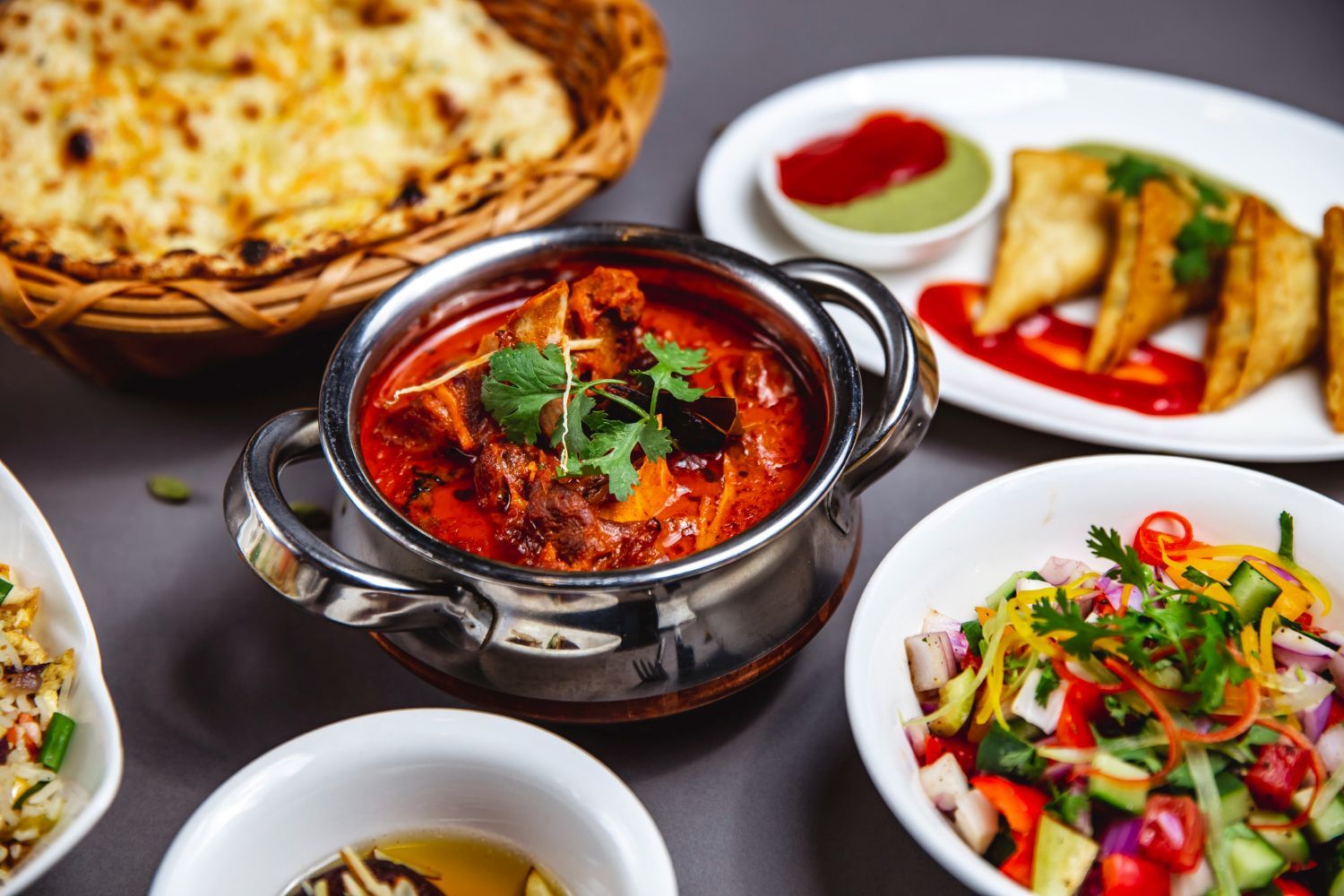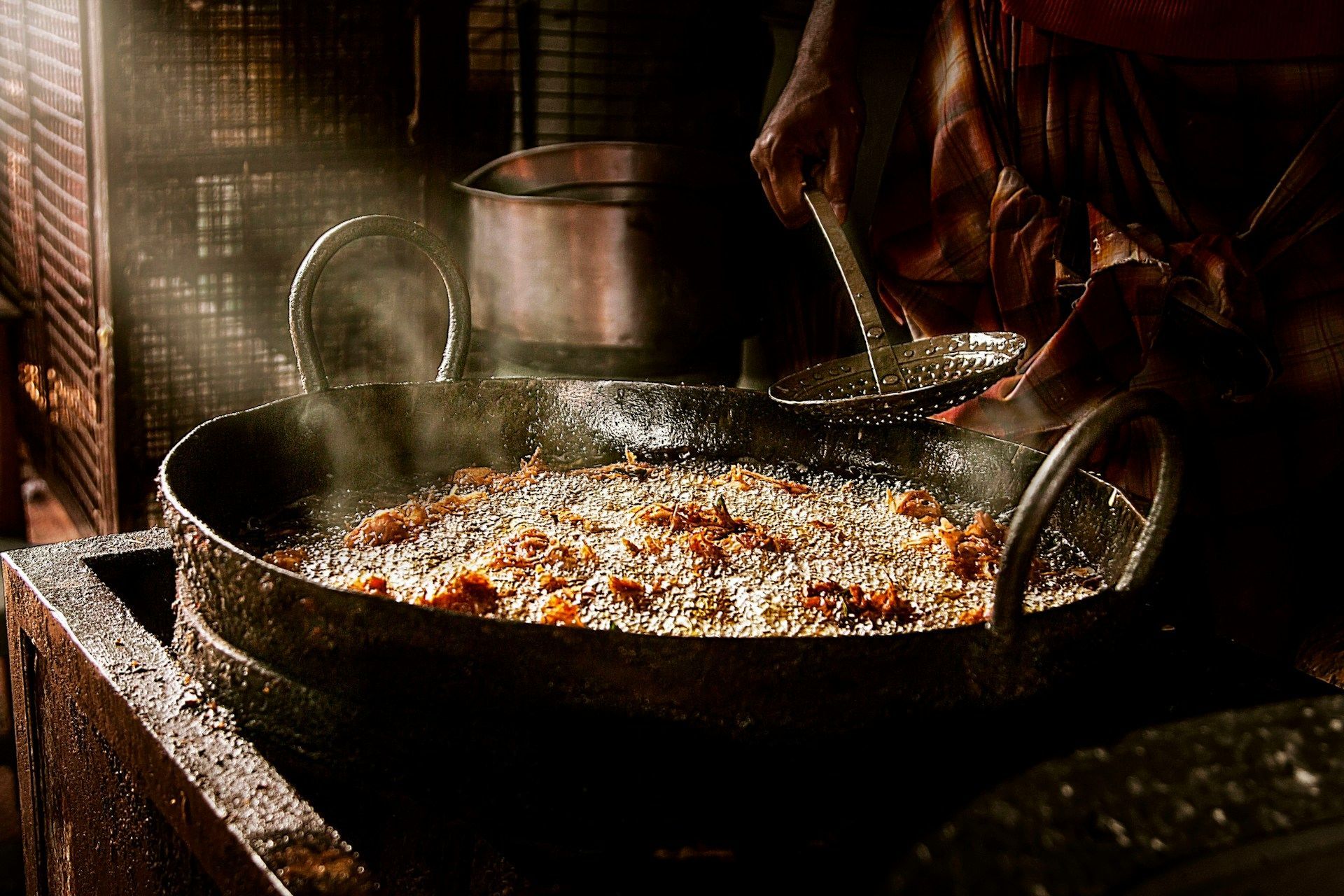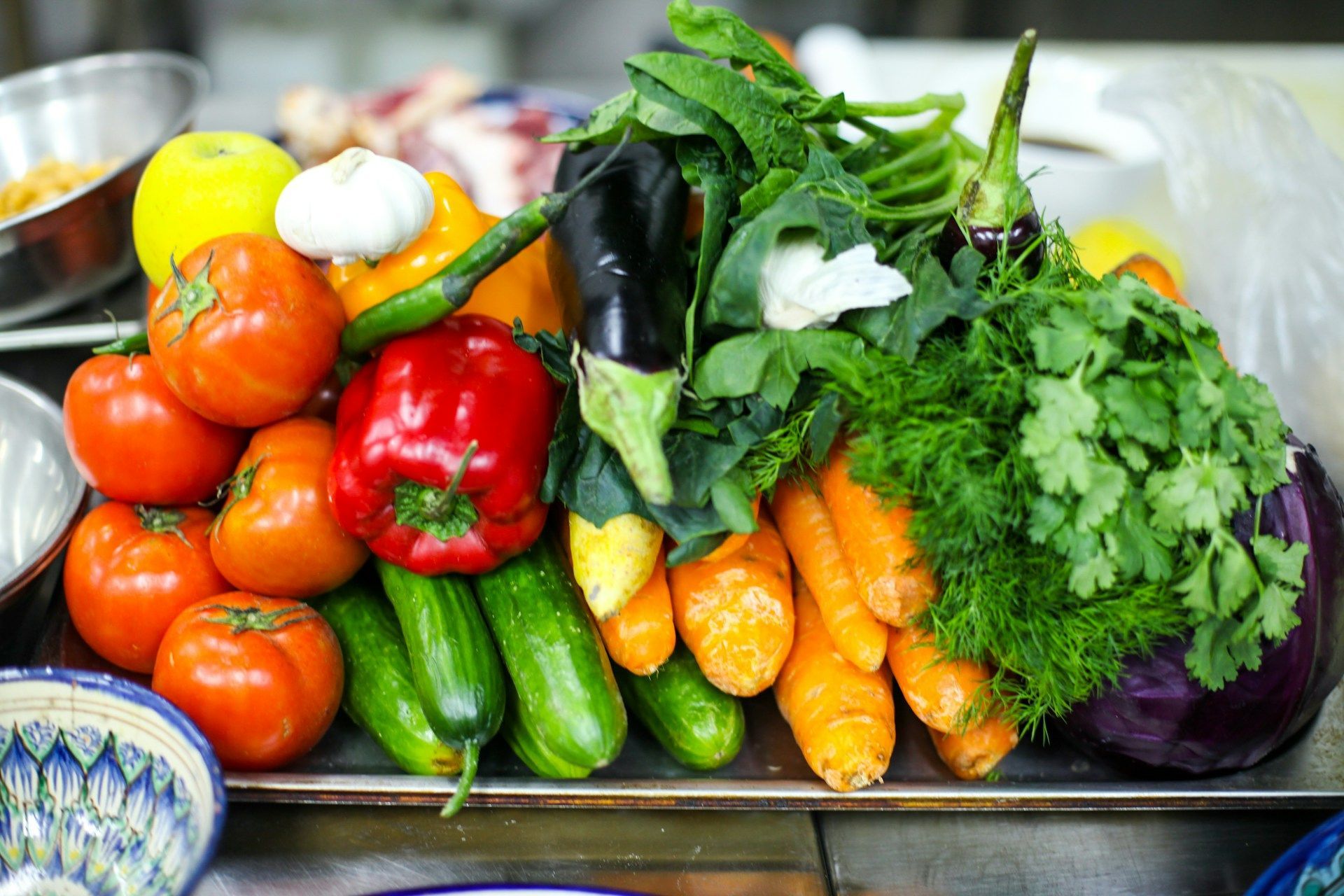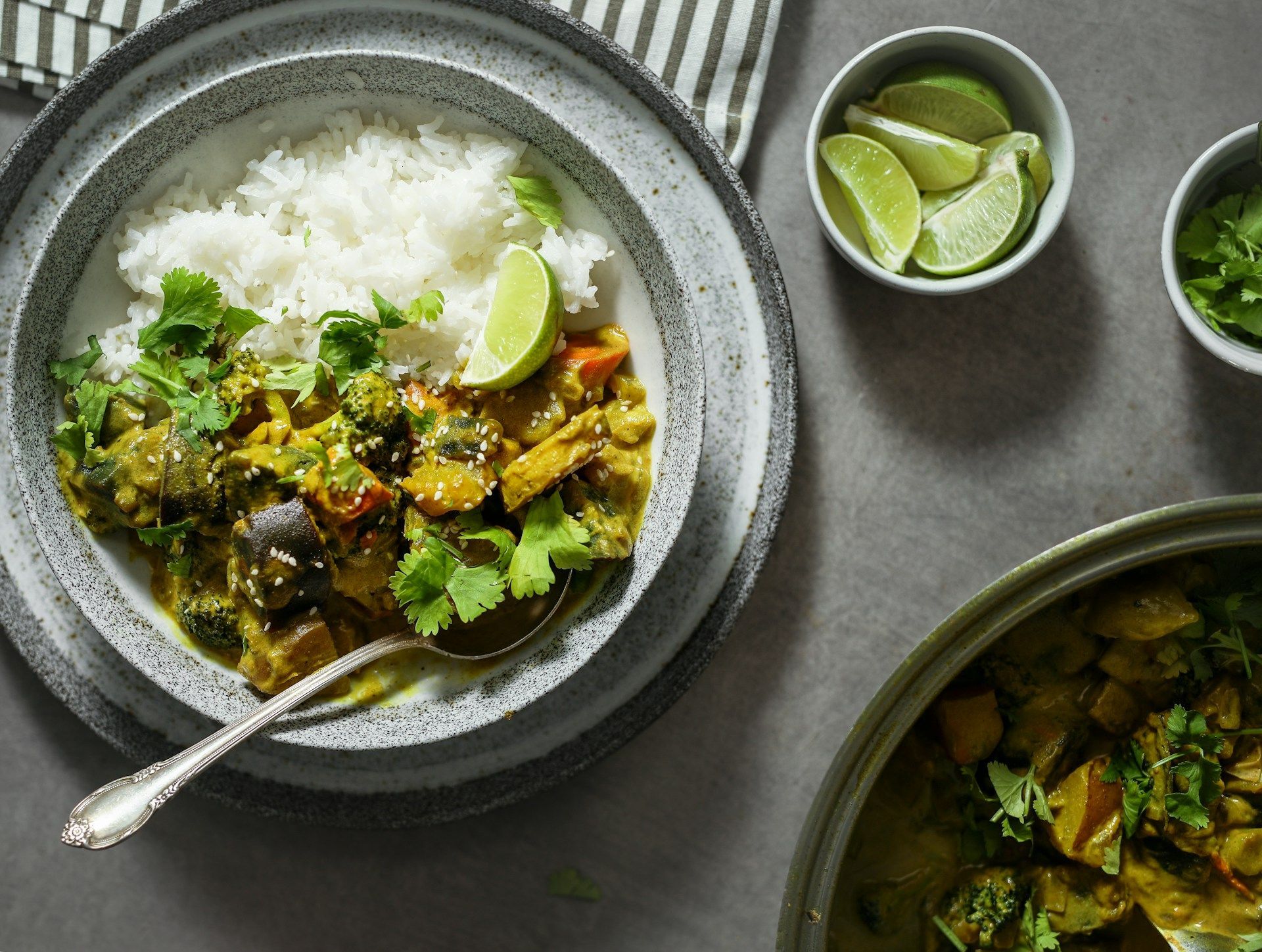Savoury Delights: The Guide to Ordering Indian Food
Indian cuisine is renowned for its rich spices, flavourful herbs, and diverse dishes. With so many choices available, it can be overwhelming to know what to order, especially if you are new to Indian food. In this article, we will guide you through ordering Indian food, from understanding the menu to navigating the spice levels.
Understanding the Menu
Indian menus can be extensive, and it helps to have a basic understanding of the different types of dishes available. Generally, Indian food is divided into four categories: vegetarian, non-vegetarian, tandoori, and bread. Vegetarian dishes include sabzi (vegetable curries), dal (lentil dishes), and paneer (cottage cheese). Non-vegetarian dishes feature chicken, lamb, fish, or seafood cooked in various ways. Tandoori dishes are cooked in a clay oven and are known for their smoky flavour, while bread includes naan, roti, and paratha.
Choosing Your Dish
Once you have decided what to order, it's time to go ahead and make a selection. If you're new to Indian food, starting with something mild and not too spicy is probably a good idea. Popular choices for those new to the cuisine include butter chicken, chicken tikka masala, and chicken korma. You can try dishes like paneer butter masala and chana masala if you are a vegetarian. Vindaloo and chicken chettinad are great options for those who enjoy spicy dishes.
Navigating Spice Levels
Indian cuisine is known for its bold and spicy flavours, but not all dishes are created equal. Most restaurants will ask how spicy you would like your dish on a scale of one to five. It's best to communicate your spice preferences to the server. If you need more clarification, start with mild and work your way up. Accompaniments such as raita, a yoghurt-based side dish, can help cool down the heat. Feel free to experiment with different spice levels to find your perfect balance.
Accompaniments
Indian food is often accompanied by delicious side dishes that complement the main meal. Raita, a yoghurt-based side dish, is a popular accompaniment that helps to cool down the spice in your mouth. Chutney, a condiment made from various ingredients, adds flavour to any dish. Papadum, a thin, crispy bread made from lentil flour, is often served as an appetizer. Other popular accompaniments include pickle, a spicy and tangy condiment, and naan, a soft and fluffy bread perfect for scooping up curries.
Ordering Etiquette
When ordering Indian food, it's important to follow proper etiquette. Ordering dishes to share is customary, allowing you to try various dishes and experience the full range of flavours. Eating with your hands using naan or roti to scoop up the food is also common. It's polite to leave a small amount of food on your plate to show appreciation for the meal. If you have any dietary restrictions or preferences, communicate them to the server. Finally, feel free to ask for recommendations or guidance from the staff.
Conclusion
Ordering Indian food can be a fun and exciting experience if you know what to expect. By understanding the menu, choosing your dishes wisely, navigating spice levels, and following proper etiquette, you can enjoy a delicious and authentic Indian meal. Feel free to try new dishes and experiment with different flavours. Who knows, you may discover your new favourite dish!
Tower Tandoori is an established culinary offering traditional Indian cuisine for over 30 years. Our menu is filled with classic flavours and dishes from the subcontinent. We are the best Indian restaurant in London. Order yours today!










